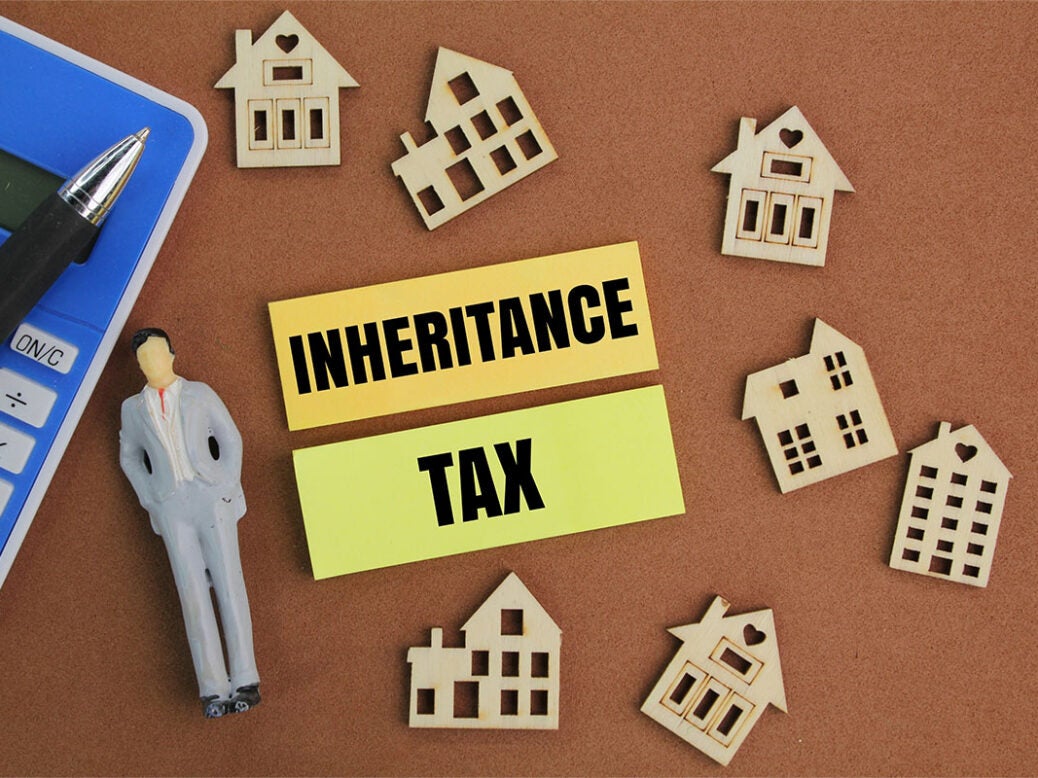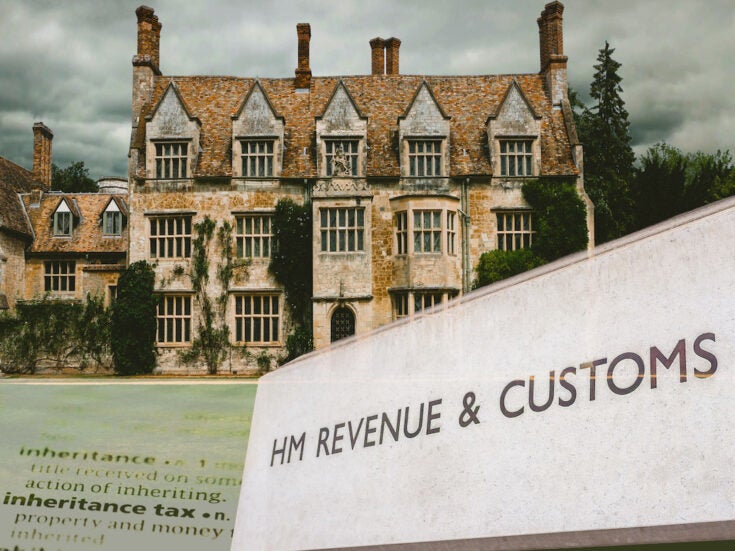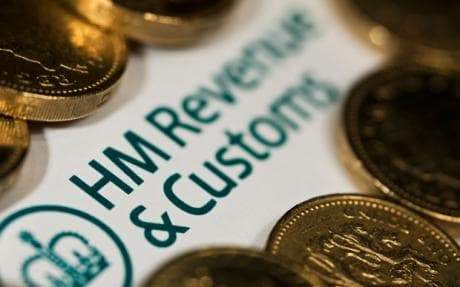
HMRC has estimated that wealthy individuals underpaid up to £325 million in inheritance tax (IHT) in the past year, according to accountancy group UHY Hacker Young. This figure – termed ‘tax under consideration’ (the maximum potential tax owed by taxpayers before HMRC completes its investigations) could rise sharply following planned IHT increases set to take effect from April 2026 as the UK government intensifies its focus on inheritance tax compliance.
Escalating IHT liabilities
UHY Hacker Young Partner Neela Chauhan said substantial tax hikes often lead to an increase in tax avoidance and evasion as individuals seek to mitigate the impact of higher levies. IHT has long been regarded as one of the UK’s most unpopular taxes, prompting some to explore ways to minimise their estate’s IHT liability.
[See also: The UK Budget IHT changes and how HNWs can mitigate the impact on estates]
Chancellor Rachel Reeves’ autumn Budget included a cap of £1 million on agriculture and business property relief and a 50 per cent reduction in tax breaks on AIM shares. Additionally, from April 2027, pension wealth passed on to beneficiaries will also be subject to IHT, further expanding HMRC’s tax net.
The number of individuals publicly ‘named and shamed’ for tax defaults in the UK increased to 558, up from 543 in the previous year, data provided by HMRC to chartered accountants and business advisers Lubbock Fine found last year.
Spear’s Top Recommended tax lawyer Philip Munro, partner at Withers, says an increasing number of estates are falling within the scope of IHT—and tells Spear’s there could be an aspect here of families inadvertently under or not reporting their tax liabilities.
‘I’m sure there are all sorts of reasons why there’s underreporting of inheritance tax, but I’m not sure that’s necessarily all because of deliberate underreporting,’ he says.’You’ve got far more people now within the scope of IHT than there would have been originally, and that is, in part, because of the fiscal drag of the exemption from IHT not being increased. The nil-rate band (the IHT threshold) amount has not, in any sense, kept up with asset prices – particularly house prices. You’ve had many years of house price growth in excess of the prevailing rates of inflation, whereas the nil rate band hasn’t increased now for many years.’

Even for those who know they fall within IHT’s remit, navigating the system is no easy feat. ‘The forms themselves are incredibly complicated,’ Munro says. ‘When someone dies, their executor must complete a main form—an IHT400—along with a series of additional schedules depending on the types of assets involved.’ If a deceased person owned a home, shares, or insurance policies, each of these requires a separate schedule.
With pensions soon to be brought within the scope of IHT, Munro predicts an even greater administrative burden. ‘Potentially in a situation where someone’s died with a pension, which will be many people, there may need to be inherited IHT returns, both in relation to the estate, and also potentially on the part of the pension trust itself,’ he explains. This will only exacerbate the complexity of an already tangled system.
Rising IHT disputes
As IHT liabilities grow, experts anticipate an increase in disputes between taxpayers and HMRC. The tax authority has already stepped up its enforcement efforts, collecting an additional £285 million from IHT investigations in the tax year ending 31 March 2024 – an increase of 14 per cent compared to the previous year’s £254 million.
HMRC’s scrutiny of IHT payments often targets specific areas, including:
- Undervaluation of residential properties: Some taxpayers attempt to lower estate valuations by exaggerating a property’s disrepair or using outdated surveys.
- Failure to declare cash and valuables: Executors may omit high-value items such as jewellery or paintings from IHT declarations.
- Misrepresentation of cash gifts: Some claim that large financial gifts were given more than seven years ago to avoid taxation when they were, in fact, more recent and subject to IHT.
HMRC gets tough
To enhance its enforcement capabilities, HMRC is leveraging new tools and data sources. The department cross-references property valuations with HM Land Registry data and employs Google Street View to verify estate values. Additionally, HMRC reportedly reviews property contents insurance policies to identify valuable assets that may have been omitted from IHT filings.
[See also: From capital gains to inheritance tax, what the budget means for Britain’s wealthy]
Munro sees a few potential solutions. ‘Simplifying the forms would be a start. But I would suggest, a sensible system, would be to have a much higher exemption before you get into the scope.’ He points out that a proposal from the David Cameron era suggested raising it to £1 million (it is currently £325,000) – in the US it is $13 million. ‘Politically, that might be difficult, but from a tax efficiency and social policy perspective, it makes sense. Right now, we’re bringing people into IHT with what buys you half a flat in London.’
Duncan Bailey, head of private client at Brabners Personal and Spear’s Top Recommended Probate and Wills Lawyer, says: ‘The tax planning and thus saving that wealthy clients will be looking to undertake will be massive post the Budget. Lots of our clients are already looking at and taking action to avoid these tax rises with our assistance and advice.
‘There will naturally be more disputes where more people are sufficiently motivated to plan to avoid tax.
‘Furthermore, there is going to be a huge bun fight regarding company valuations.
‘When 100% tax relief (BPR) applied, it didn’t really matter whether a company was worth £10m or £15m – now HMRC will be pushing for £15m and the taxpayer £10m.
‘Private company valuations (as opposed to listed companies where you know the share price) are inherently difficult to value and so is going to be a huge source of work (and query where HMRC will resource this) with lots more arguments and disputes.’
John Annetts, head of wealth and succession at Howard Kennedy tells Spear’s that while such underpayments should be rare when a professional oversees the process, it is crucial to take specific steps to ensure accuracy and compliance.
‘When the proposed changes to APR and BPR, and subsequently to pensions are introduced, it is likely that the IHT liability of some estates will increase, in some cases significantly. However, provided that solicitors and executors continue to request formal valuations of business property, land, and chattels, any increase in under reporting should not be significant. With regard to IHT on pensions, if the proposed measures come into force as they have been outlined, pension scheme administrators and executors will be required to liaise for reporting to take place, so the opportunity for undervaluing the tax liability of an affected estate should be minimal.’
Given the evolving tax landscape, HMRC is expected to ramp up the number of IHT investigations in the coming years, particularly if concerns about underreporting arise, Annetts says.
‘Accordingly, it will be more crucial than ever to seek professional advice when administering a taxable estate to ensure compliance and avoid the risk of missing important details that could affect the estate’s tax liability,’ he adds.
Wealthy taxpayers and estate executors should prepare for heightened scrutiny and ensure compliance to avoid penalties and disputes.






